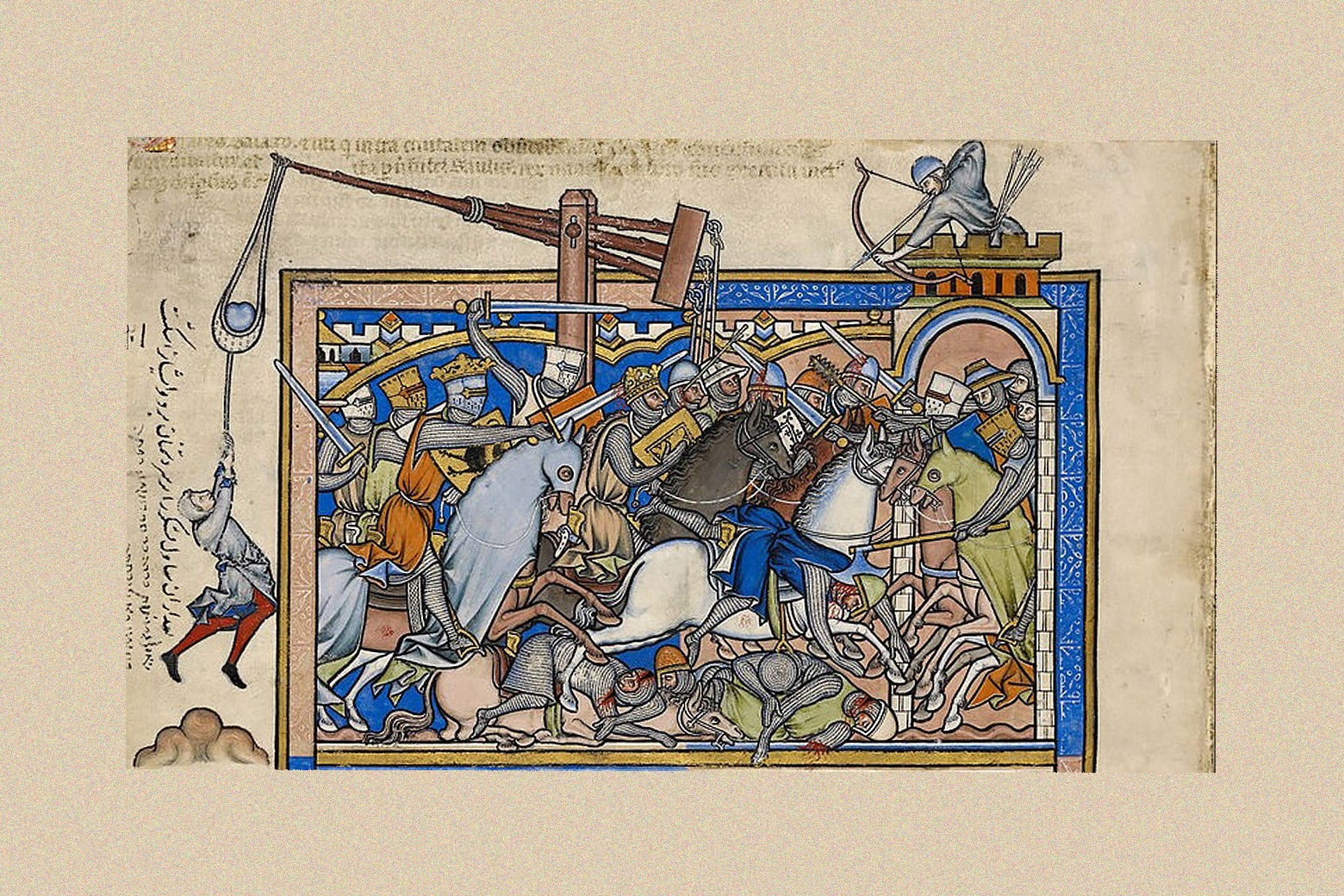
"The trebuchet was the most fearsome weapon of medieval times, a giant catapult that could lay waste to any fortress by battering its walls with boulders."
"History's biggest trebuchets, from the 1300s, took months to build. They stood over 60 feet tall, used counterweights of 33,000 pounds, and could toss a 300-pound boulder 300 yards."
"A sling attached to the throwing arm added extra juice by lengthening the arm even more. Modern re-creations of trebuchets have hurled boulders 125 miles per hour."
"Sadly, zero medieval trebuchets survive today. The best way to study these fearsome weapons, then, is through a field called experimental archaeology."
Trebuchets were formidable siege engines in medieval warfare, resembling giant catapults that could destroy fort walls with heavy boulders. Designed with a weighted arm and unique leverage, these machines could reach speeds of 125 miles per hour. Historical trebuchets, often built over many months, could launch massive projectiles, including creative ammunition such as beehives or even human heads. Today, no original trebuchets exist; modern knowledge stems from experimental archaeology, which involves recreating and studying historical technologies.
Read at Slate Magazine
Unable to calculate read time
Collection
[
|
...
]